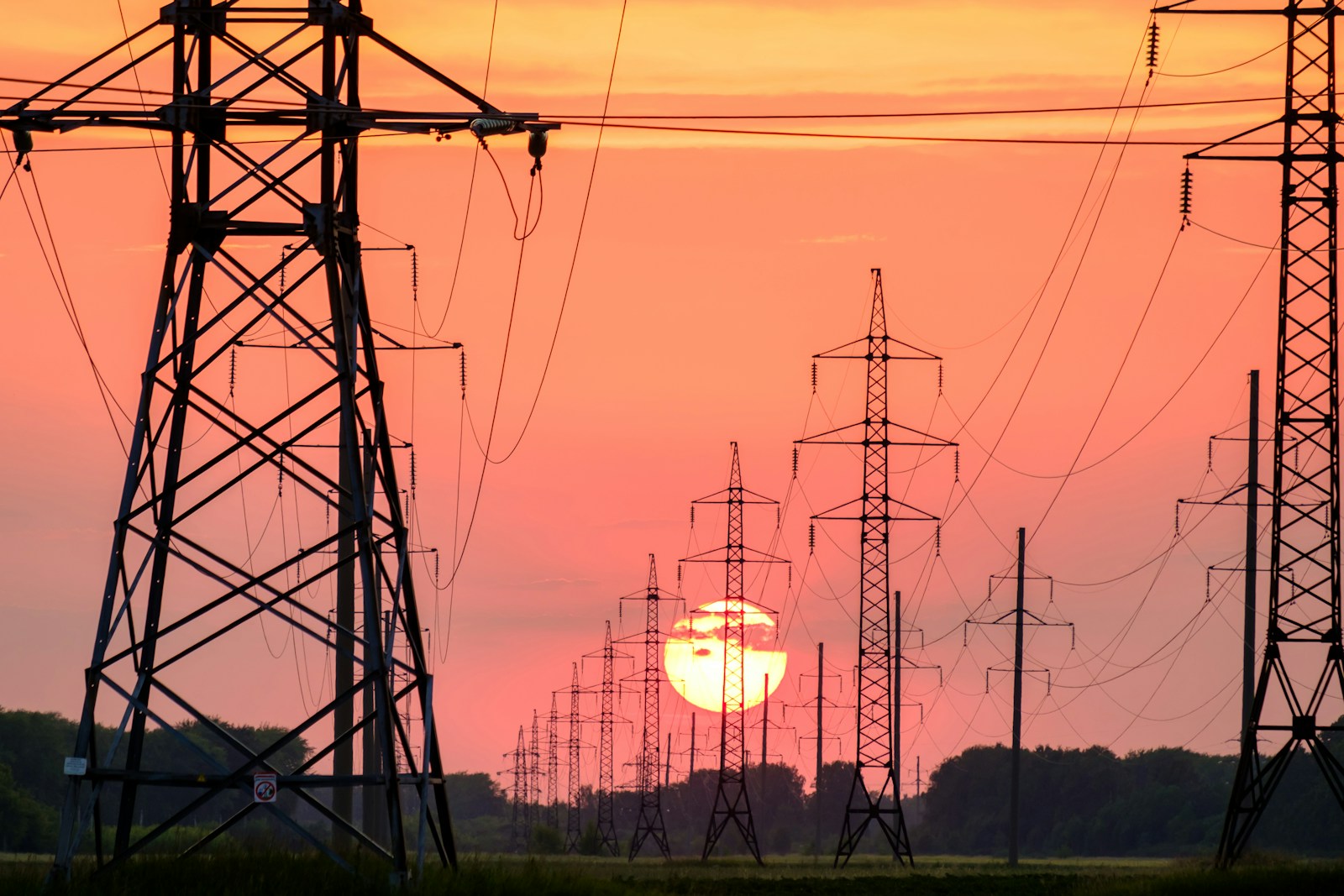HELENA — Governor Greg Gianforte expressed cautious optimism Monday about the proposed $7.8 billion merger between NorthWestern Energy and Black Hills Energy, though consumer concerns are mounting over potential rate increases and energy exports from Montana.
The all-stock merger would create a regional utility giant serving 2.1 million customers across eight states, with Black Hills shareholders owning 56% of the combined company and NorthWestern shareholders holding 44%.
“With rising demand on our power grid, consumers across Montana and the United States need access to affordable, reliable energy,” Gianforte said in a statement. “I’m hopeful that today’s proposed merger of NorthWestern Energy and Black Hills Energy will help increase the supply of affordable and reliable power for consumers, while creating more good-paying jobs.”
However, rate data from Colorado raises questions about the governor’s optimism regarding affordability. Black Hills Energy customers in Colorado pay significantly more than NorthWestern Energy customers in Montana, even after NorthWestern’s recent 4.2% rate increase.
According to the Colorado Public Utilities Commission, Black Hills residential customers pay 12 cents per kilowatt hour for the first 500 kWh monthly and 16 cents per kWh above that threshold. For a typical household using 750 kWh monthly, this translates to approximately $140 per month.
In contrast, NorthWestern Energy customers in Montana pay roughly $118 monthly for the same usage, including the utility’s 4.2% rate increase that took effect in July. The utility initially requested an 8.3% increase in July 2024. Before that increase, the typical Montana bill was about $101 monthly.
The companies claim the merger will “ensure long-term competitive rates for customers” through increased scale and operational efficiencies. NorthWestern Energy CEO Brian Bird said the combination would create “a larger, more resilient platform” better positioned to meet rising energy demand.
“Together, we will be better positioned to meet rising demand, accelerate investment in energy and grid infrastructure, and support customers and communities through a rapidly evolving energy landscape,” Bird said in the joint announcement.
Black Hills CEO Linn Evans emphasized the merger’s growth potential, noting the combined company would have “greater scale and financial strength to consistently deliver for customers across our service territories and invest at the pace and scale that today’s energy transformation demands.”
The merger would double each company’s rate base to approximately $11.4 billion and combine current investment plans exceeding $7 billion from 2025 to 2029. The companies project this investment will focus on building critical infrastructure to meet rising energy demand, particularly from data centers.
Consumer advocates worry the merger could result in Montana energy being exported to serve customers in other states, potentially driving up local prices. The deal would dramatically expand NorthWestern Energy’s current three-state footprint of Montana, eastern South Dakota and Nebraska to serve customers across eight states: Arkansas, Colorado, Iowa, Kansas, Montana, Nebraska, South Dakota and Wyoming.
The transaction requires approval from multiple regulatory bodies, including public service commissions in Montana, Nebraska and South Dakota, where both companies operate. The Federal Energy Regulatory Commission and potentially Arkansas regulators must also sign off on the deal.
Companies expect the approval process to take 12 to 15 months, with the transaction closing sometime in late 2026 or early 2027. Both companies plan to maintain their existing dividend policies until the merger completes.
Upon closing, NorthWestern Energy’s Brian Bird will serve as CEO of the combined company, while Black Hills’ leadership will fill other key positions including chief operating officer and chief financial officer roles.
The combined company will be headquartered in Rapid City, South Dakota, with a new name and ticker symbol to be determined. Operating companies are expected to maintain their current names initially.
“We’ll continue to work with our partners in both the public and private sectors to promote our ‘all-of-the-above’ energy strategy and diversify our portfolio to power our homes, schools, and businesses long into the future,” Gianforte said.
